Review: Apple iPhone 6 for Verizon Wireless
Media
Apple revised the music, video, and iTunes apps heavily in iOS 7, and gave them little more than a passing glance in iOS 8. The behavior of the apps themselves is mostly the same. iTunes offers an incredible array of content, and it is all laid out cleanly and in a way that's a breeze to browse.
The biggest update to the iTunes Store is support for Family Sharing. It allows iPhone users to more easily enable other iOS devices to access content purchased through iTunes. I found it easy to turn on and use. It includes built-in parental controls. Family Sharing also includes a shared iCloud photo library and location.
AirPlay lets iOS devices push content (music, movies, etc.) to the Apple TV and other iOS devices. The newest version doesn't require that both devices be connected to the same Wi-Fi network; now it truly works peer-to-peer, meaning your iPhone 6 can pair directly with another iPhone or Apple TV. I found it worked flawlessly.
Camera
iPhones have never had dedicated camera buttons, and the iPhone 6 is no different. You can launch the camera from the lock screen thanks to a shortcut, or open the app via the traditional method: tap the camera icon on the home screen.
Apple carried the camera interface over from iOS 7, but did add a few new tricks. The camera has new timer and time-lapse capture functions. The camera also adds exposure lock. This tool is non-obvious and tricky to use. A long press on the viewfinder focuses the camera in a specific area of the subject and bases exposure on that area. Then a little "sunlight" icon appears. You can slide this icon up and down to change and lock the exposure to something higher or lower than what it generated on its own.
The basic UI of the camera still requires you to swipe between different shooting modes, such as pano, square, regular, video, slow-mo, and time-lapse. I wish it were faster to choose between these modes. Still, the camera focuses and snaps pictures in an instant. Apple's camera software makes it as easy as possible for the greatest number of people to get good shots.
I didn't notice any performance differences between the iPhone 6 Plus and iPhone 6 in terms of the camera's speed or functionality.
Photo Gallery
The photo gallery is much more useful for manipulating images thanks to several additions to its feature list, though none of them are specific to the iPhone 6.
Images are organized by date/location, and can also appear in albums. Further, you're now able to search based on date or location. The gallery has a nifty tool that puts all the videos into a single album. You can also "favorite" photos with a simple tap. Favorited photos are added to their own album for easier viewing.
Editing tools are also more robust. You can add filters, reduce red-eye, or use the auto-enhance function. The crop tool has added some really nice features. It now allows you to rotate photos just a little bit. This is great if you want to straighten out a crooked horizon in the background. The editing tools also allow you to alter the aspect ratio of the image after the fact. The app adds more fine-tune controls over images, such as exposure, contrast, and color.
Last, Apple has expanded the ability to share photos with other apps directly from the photo gallery.
Photos
The iPhone 6 has an 8-megapixel sensor, the same as the iPhone 6 Plus. The one major difference is that the 6 Plus uses optical image stabilization, while the 6 uses digital image stabilization. It's a slight difference in the hardware, but can lead to big results out in the real world. OIS helps negate the effects of your hand if it's moving around, although it can't do anything to stop the motion your subject.
In theory, the iPhone 6 should capture images that are slightly less sharp in certain situations. For example, the 6 Plus is able to use the camera hardware to steady the lens when there's small movements in your hand. The camera cal also adjust a couple of f-stops on shutter speed. The iPhone 6 uses software to compensate for such movement. In the real world, I couldn't spot any difference in the sharpness of images I captured with the 6 and 6 Plus. At least not yet. Perhaps over time, when I have a larger sample of photos from which to judge, differences will become apparent. At the moment, though, the pictures I took with the 6 and 6 Plus look the same to my eyes.
I was very pleased with the pictures. The 6's sensor may not capture as many pixels as competing models, but dang does it know how to get exposure and white balance accurate. I didn't see a single problem in any of the images I captured. Everything appeared true-to-life as far as color and lighting was concerned. Images were generally sharp. The camera app uses something called Focus Pixels to help capture great shots. Basically, the Apple-designed image signal processor that's part of the A8 can provide the sensor with more information about each image. The end result is better and faster autofocus. The 6 also works well in low-light situations, even without the flash.
Despite its lack of advanced tools, the iPhone 6 does a great job at capturing good images most of the time. Anyone upgrading from an earlier iPhone will be really happy.
The user-facing camera captures 1.3 megapixels. Outdoor and other well-lit shots looked good, but grain started to appear in indoor or low-light environments.
Video
The iPhone 6 captures 1080p HD video and can do so in slow motion if you want. The video I captured with the 6 looks fantastic, and the slow-motion footage is just awesome to watch. I thought exposure, focus, and white balance were all spot-on. I didn't see any grain in video I captured outdoors, except when shooting in the shade during twilight. There were no obvious differences in the video quality when comparing the iPhone 6 to the 6 Plus.
I think most people will be thrilled with the video they capture with the iPhone 6.
Apps
Apple doesn't allow bloatware on its devices. That means Verizon wasn't able to cram any unwanted apps on the iPhone 6. Apple does, however, stick plenty of its own apps on board. This year, Apple installed its entire productivity suite on the 6 and 6 Plus. That means you have Keynote, Numbers, and Pages. These apps take up a significant amount of room (over 1 GB combined). So do GarageBand and iMovie, which are also preinstalled. I love the latter two, but I don't use Keynote, Numbers, and Pages. Thankfully you can remove them if you want to. Other apps, like Notes, Reminders, Stocks, Weather, Newsstand, iBooks, and Podcasts can't be removed.
Apple Pay
Apple Pay hasn't launched yet, so we were unable to test it. Once it goes live, Apple Pay will allow the 6 to make mobile tap-and-go payments at select retailers around the country. We'll fully test this feature when it launches in October.
Bluetooth
The 6 supports Bluetooth 4.0. LE. I had no trouble pairing to a wide range of devices, including iPads, Macs, speakers, headphones, and my car. Phone calls passed through a mono headset sounded below average (and worse than the AT&T model). Quality was so-so, and volume was not what it needs to be. Music sounded excellent when pushed through my fave Bluetooth speaker and headphones.
Pairing with other Apple devices for AirDrop (passing files) was a breeze and worked perfectly.
Browser
The browser works well on the iPhone 6 thanks to better support for landscape mode. My favorite features is how Safari now treats tabs. When the 6 is rotated on its side, all the open tabs show up along the top of the browser address bar, just as they do on desktops and the iPad. This makes it much, much easier to jump between open web sites.
Safari performed amazingly well on the 6 when used on both Verizon's LTE network and on Wi-Fi. It's a much more robust and speedy browser. It does a great job handling web sites and delivers them in the blink of an eye.
Clock
A large digital clock appears on the iOS 8 lock screen when you press either the home button or lock screen button. It's white and cannot be customized. I wish the font were thicker. As always, you have to choose your wallpaper carefully. The clock is almost impossible to see on top of light-colored wallpapers, but it stands out well enough on dark-colored wallpapers.
Health / HealthKit
This is one feature that doesn't yet quite work. The actual Health app doesn't do much on its own. It has a stark interface that, when devoid of data, is easy to figure out. However, without any HealthKit-enabled apps, there's no way to get data to the Health app to consume it. The app does allow you to create a medical profile for yourself that can be made available to others in the event of an emergency. For now, however, that's it. We'll revisit this section of the review when the HealthKit-enabled apps are finally available.
Maps
Apple Maps behaves largely like it did when it debuted in iOS 6 two years ago. The change it most needed to make was to increase accuracy, and on that front Apple has made significant strides. Apple Maps offers voice-guided turn-by-turn directions - as long as you're driving. It still doesn't do mass transit. When you ask it to find a train schedule, it suggests you try third-party apps. Ouch. Maps worked perfectly with the 6's GPS radio and location tools. It pinpointed me in about 5 seconds each time I launched the app.
Siri
Siri now responds to the "Hey, Siri!" catchphrase. This means you don't have to long press the home button to launch Siri. I found Siri is more accurate than ever, and better able to handle spoken requests.


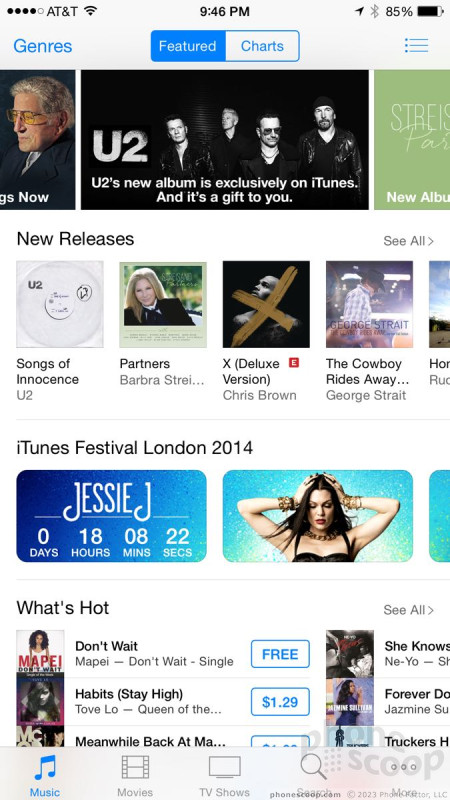








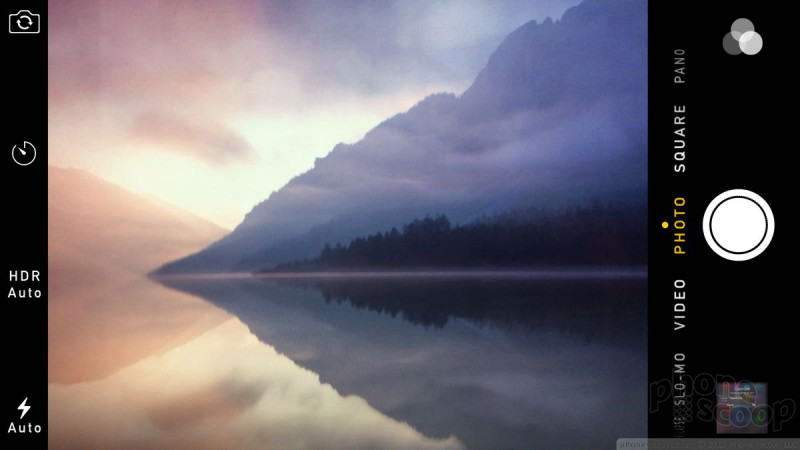







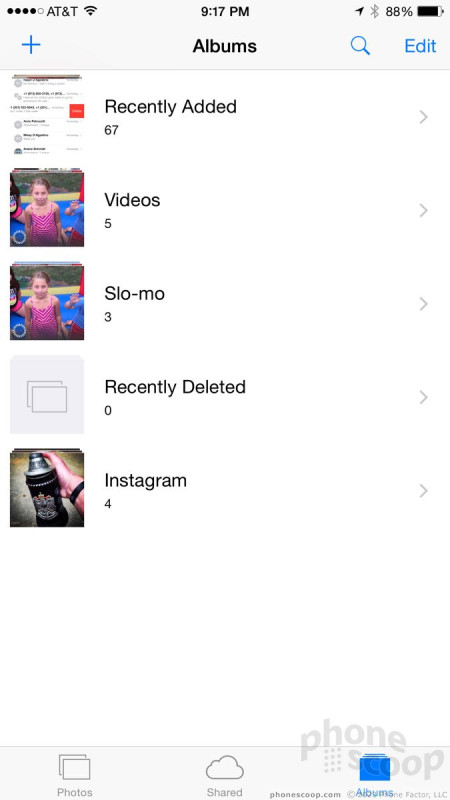























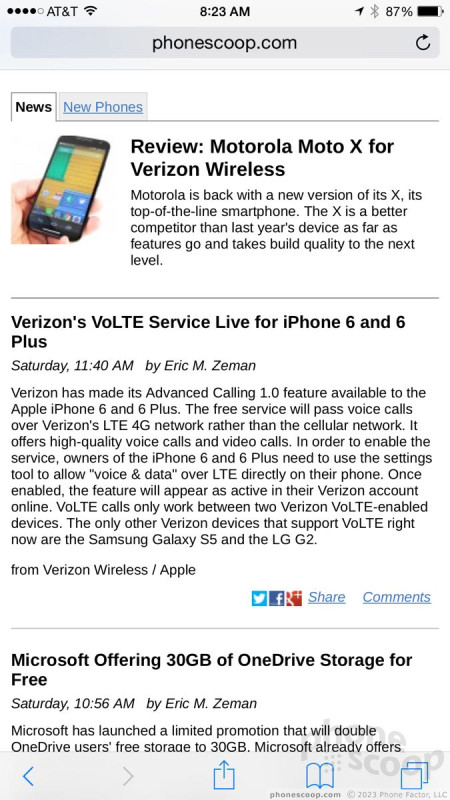




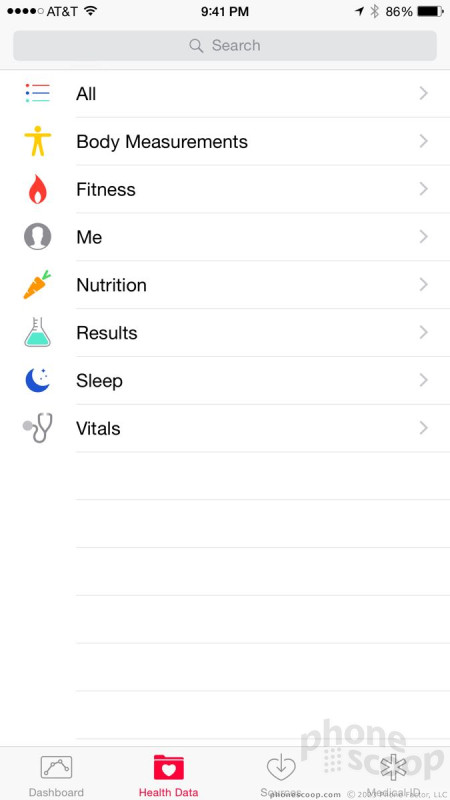




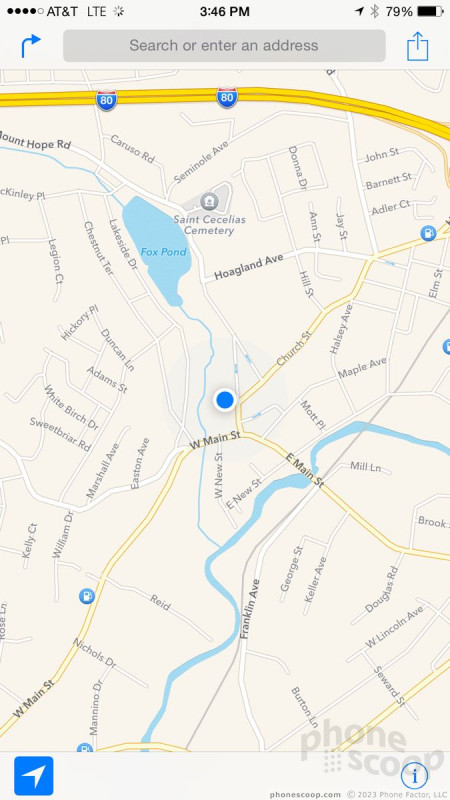




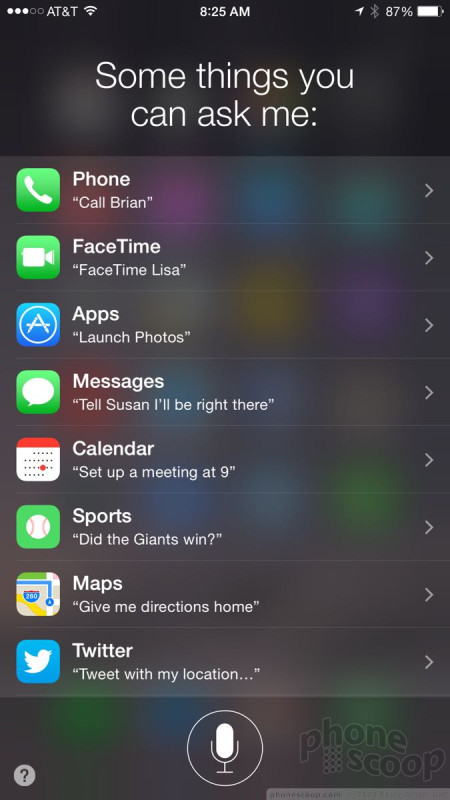




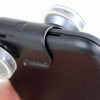 Review: Otterbox Universe and Olloclip 4-in-1
Review: Otterbox Universe and Olloclip 4-in-1
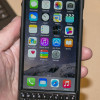 Hands-On: Typo 2 Keyboard
Hands-On: Typo 2 Keyboard
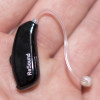 ReSound Smart Hearing Aid Connects To Your Phone
ReSound Smart Hearing Aid Connects To Your Phone
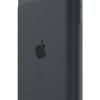 Apple-Made iPhone 6 Battery Pack Graces Apple Store
Apple-Made iPhone 6 Battery Pack Graces Apple Store
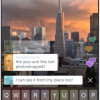 Twitter's Periscope App Powers Live Video Streaming
Twitter's Periscope App Powers Live Video Streaming
 Apple iPhone 6
Apple iPhone 6




